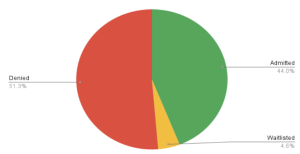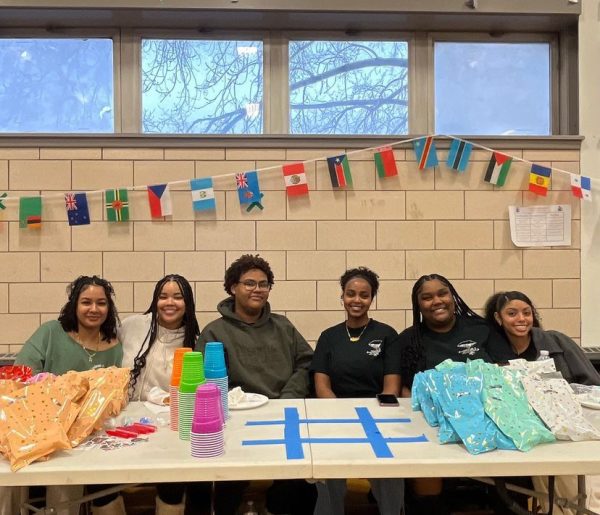Kazakhstan protest leads to civil and political unrest
January 27, 2022
What began as peaceful protests spiraled into one of the worst devastations in Kazakhstan. Kazakhstan has been in the global spotlight for quite some time now as its location is a prime spot on the map. Kazakhstan is placed in between Russia and China, but Kazakhstan is larger than the whole of Western Europe.
According to The Borgen Project, Kazakhstan’s economy has been on a decline because of the “decrease of global commodity prices and the economic downturn of Russia. Kazakhstan’s exports to the Eurasian Economic Union (EAEU) countries decreased by 23.5 percent in 2016.” As a result of economic disparity, the problems in Kazakhstan are a golden opportunity for Russia to “reassert its influence in its former Soviet domain” according to The New York Times.
As The New York Times writes, while all countries have been anxiously keeping an eye upon countries such as Kazakhstan or Ukraine, the United States especially has been fearfully keeping a watch on Kazakhstan, as American energy companies such as “Exxon Mobil and Chevron have invested tens of billions of dollars in western Kazakhstan.” With NATO and Russia’s version of NATO—or the Collective Security Treaty Organization—attempting to intervene, the fate of the former Soviet Union country is up in the air.
Taking a look at the civil unrest in Kazakhstan, protest demonstrations began to occur in Kazakhstan on January 2 resulting in a series of deaths and wounds of innocent protesters. Protests became prevalent on the streets of Kazakhstan as a result of anger over surging fuel prices. Civilians were growing uneasy with the idea that while Kazakhstan shares in some of the world’s largest oil reserves, most of the population does not get access to the wealth derived from the abundance of oil.
According to BBC News, Kazakh authorities were accused of using “excessive force to restore order. Officially, 225 people were killed and many more were injured. Some 10,000 people have been detained in the wake of the disturbances, the authorities say.” All protestors, including those who may not have even participated in protests—as well as peaceful protesters—have the authorities cracking down on them. According to human right’s activist in Almaty, Bakhytzhan Toregozhina, “there is no presumption of innocence. They are all potential terrorists for the authorities and they try to force confessions out of them.” Authorities were spotted throwing stun grenades and tear gas as a way to “control the crowd,” leading to severe clashes between protesters and police authorities.
On January 5, tensions escalated tenfold. It is unclear who these people are, but a group of armed individuals attacked the police in an attempt to steal their weapons. The men ran straight to the city hall, destroying any sort of property in their path. Activist Konay Abdivey tells BBC News that “they were wearing masks that hide their faces. We were afraid to even look into their eyes out of fear that they would assault us.” The social turmoil in Kazakhstan has caused peaceful protesters to be mistaken and confused between the looters and bandits amid escalating violence.



